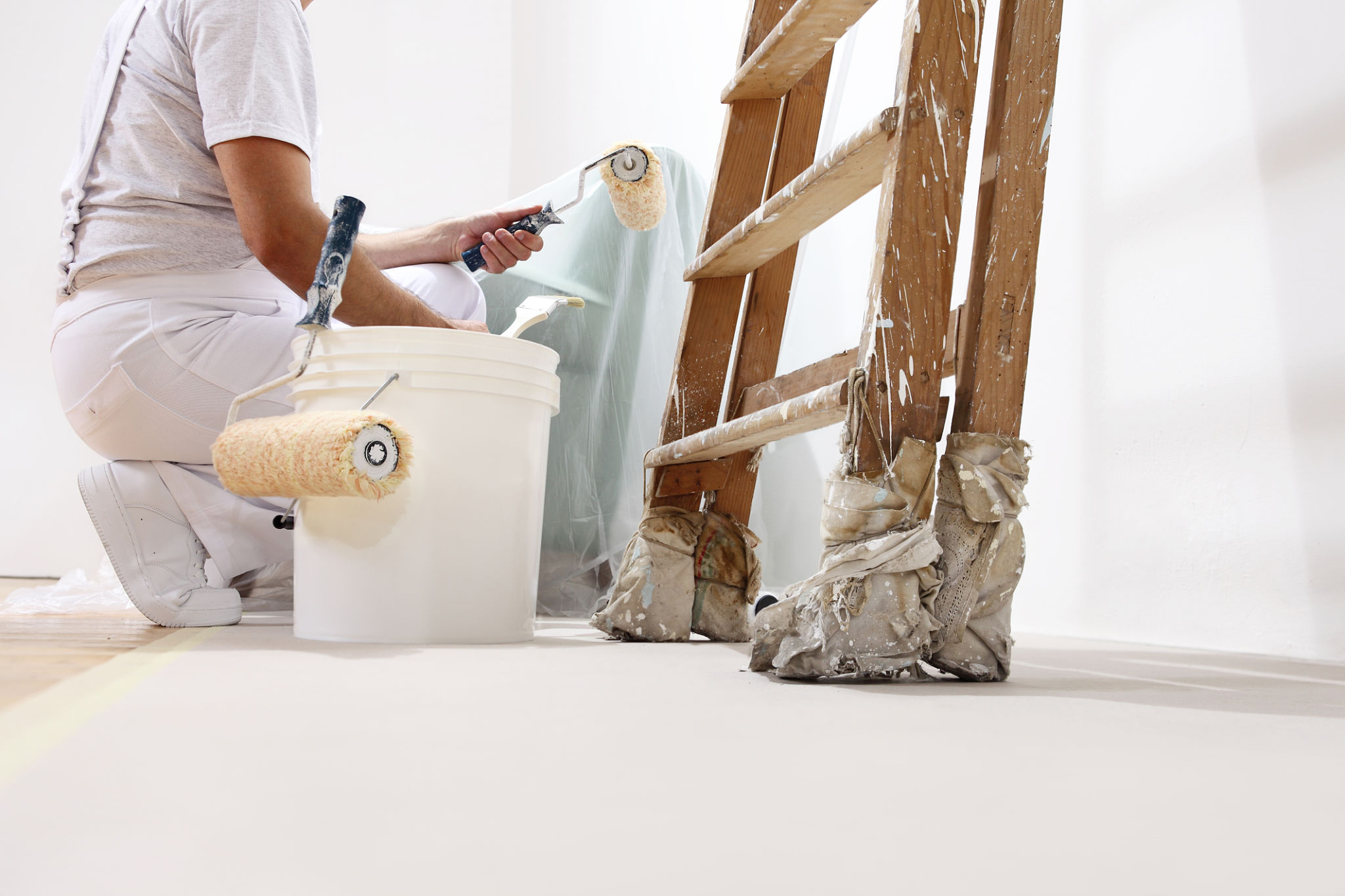The Ultimate Guide to Interior Painting in Brandon: Tips from Local Experts
Choosing the Right Paint for Your Space
When it comes to interior painting, selecting the right paint is crucial. The first step is to decide between oil-based and water-based paints. While oil-based paints are durable, they take longer to dry and can emit strong odors. On the other hand, water-based paints dry quickly and are easier to clean up. Consider your project needs and the specific room you are painting to make the best choice.

Color selection is another essential aspect. Think about the mood you want to create and the purpose of the room. Light colors can make a small space feel larger, while dark colors can add warmth and coziness. Don’t forget about finishes; eggshell or satin finishes are great for high-traffic areas, while matte finishes are perfect for hiding imperfections.
Preparing Your Walls
Proper preparation is key to achieving a professional-looking paint job. Begin by cleaning the walls thoroughly to remove dust and grime. Use soap and water or a mild cleaning solution, then let the walls dry completely. Next, inspect for any cracks or holes, and fill them with spackle. Sand down any rough areas for a smooth surface.
Once your walls are clean and smooth, it's time to apply primer. Primer helps paint adhere better and provides a uniform base for color application. Choose a primer that suits your wall type and the paint you are using. Skipping this step can lead to uneven color and reduced durability.

Essential Tools for a Perfect Finish
The right tools can make all the difference in your painting project. Invest in quality brushes and rollers, as they ensure a smoother application and better coverage. For edges and corners, an angled brush is ideal, while a roller will speed up work on larger surfaces. Don't forget painter’s tape to protect trim and ceilings.
Additionally, having a drop cloth is essential to protect floors from paint splatters. A paint tray, ladder, and stir sticks complete your toolkit, ensuring you have everything needed for an efficient painting process.

Techniques for Even Coverage
To achieve even coverage, start with a 'W' or 'M' pattern when using a roller. This technique helps distribute the paint evenly across the wall. Always work in small sections, maintaining a wet edge to avoid lap marks. For cutting in around the edges, use a steady hand and an angled brush.
Apply multiple thin coats rather than one thick coat. This not only ensures better coverage but also enhances the color's vibrancy and longevity. Allow each coat to dry completely before applying the next.
Finishing Touches and Clean-Up
Once painting is complete, remove painter’s tape carefully while the paint is still slightly wet to avoid peeling. Inspect your work for any missed spots or touch-ups needed. Clean brushes and rollers immediately after use to prolong their life.

Finally, take a step back and admire your handiwork! A fresh coat of paint can transform your space and breathe new life into your home.
